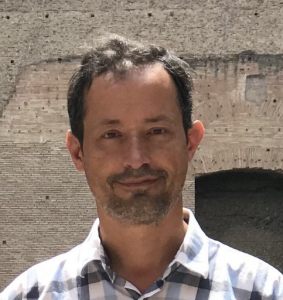Welcome Incoming CaSB Freshman & Transfer Admits!
Please click here to find the CaSB 2024 Freshmen Orientation Packet
Please click here to find the CaSB 2024 Transfer Orientation Packet
For more information about New Student Orientation, please visit UCLA’s New Student Academic Programs website.
COVID-19 Update
Dear Computational & Systems Biology Students, Faculty, Staff, and Community,
Effective July 1, 2022, the CaSB Undergraduate Office will be offering services in a remote format while we transition with new staff members. Please note that, even if the physical office is closed, business will continue as usual–just in a remote format. As always, you can contact the CaSB Undergraduate Office via Message Center. Due to transition in staff, please allow a minimum of 2 business days to receive a response.
For academic advising, meetings will be by appointment only and remote until further notice. Appointments can be booked via MyUCLA here. If you are not able to secure an advising appointment, please know we are working hard to add more advising appointments in the coming two weeks.
Whether onsite or remote, our office remains committed to supporting students, staff, faculty, and the campus community.
For the latest UCLA updates, visit Bruins Safe Online or the UCLA Newsroom.
Academic Update For Fall 2021 – Spring 2022
Please know that CaSB will only be accepting letter grades for all pre-major, major, and CaSB minor coursework, effective Fall 2021 and forward. All temporary Pass/No Pass policies that were in effect between Spring 2020 – Summer 2021 are no longer in effect, and we have returned to standard grading policies. Please run your Degree Audit Report via MyUCLA and ensure you are taking the appropriate courses for your major/minor for a letter grade. As a reminder, UCLA has extended the deadline to Friday of Week 9 (normally Week 6) to change the grading detail back to a letter grade if you had it set for Pass/No Pass.


